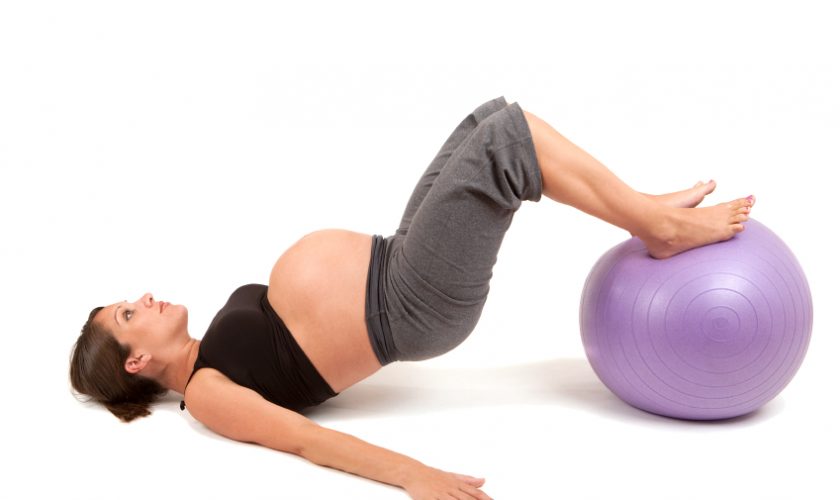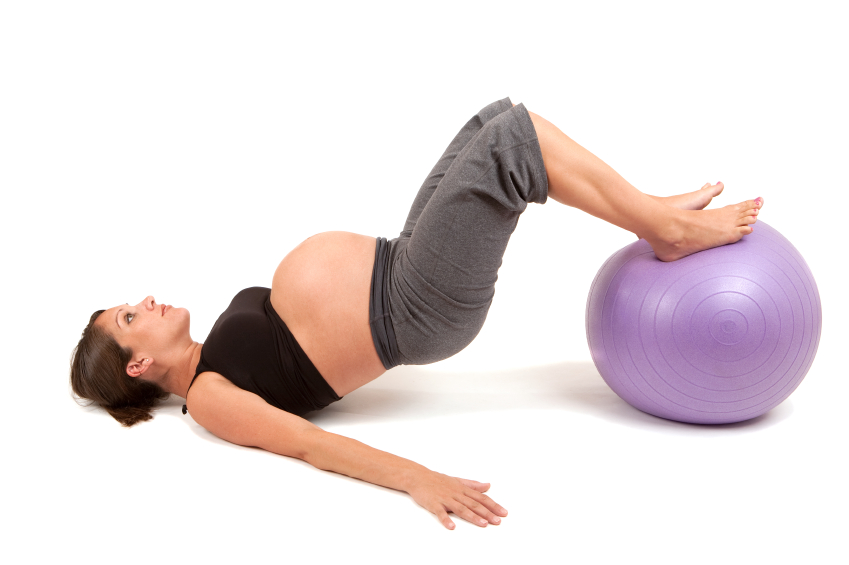Back pain is often a fact of pregnancy life — doctors say at least half of pregnant women will experience it at some point during their pregnancy. The pain, while definitely a source of distress, is usually not a sign of any danger to either the mom or baby. But there are some cases that are important to get checked out.
Types of Back Pain in Pregnancy
There are two common types of back pain in pregnancy:
- Lumbar, or lower back pain
- Posterior pelvic pain.
For obvious reasons it is useful to know the difference between the above two types of back pain in pregnancy and labor pain, which is also felt in the back during pregnancy.
Lower Back Pain During Pregnancy (Lumbar Pain)
Lumbar pain during pregnancy is generally located at and above the waist in the center of the back. This lower back pain in pregnancy may or may not be concurrent with pain that radiates into your leg or foot.
Pregnancy Pelvic Pain
Posterior pelvic pain (in the back of the pelvis) is four times more prevalent than lumbar pain in pregnancy. It is a deep pain felt below and to the side at the waistline, and/or below the waistline on either side across the tailbone. Such pregnancy pelvic pain may be experienced on one or both sides.
Common Causes of Back Pain During Pregnancy
Generally speaking, APA says the following are to blame for back pain while pregnant:
- An increase in hormones makes your ligaments more flexible, reducing the stability of the pelvis and back. Over-mobility of these areas is often to blame for lower back pain during early pregnancy.
- Increasing your body weight by 25% to 30% in a short amount of time is a lot for the body to handle. This can lead to sore muscles, ligaments, etc.
- The added weight also shifts your center of gravity forward, stressing the tissues of the back.
- Many also change their posture to support the belly, leading to strain and pain in the upper and/or lower back. The pregnant lady waddle adds insult to injury. Get some quick tips for good posture.
- For some, simply being pregnant is stressful, plus those midnight trips to the bathroom interrupt sleep. This also takes a toll on the body.
A preexisting history of back pain associated with structural issues like scoliosis or injury can make a woman more prone to back pain when she is pregnant, as can carrying multiples.
Thankfully, back pain goes away quickly post-pregnancy for most women.
Tips for Getting Rid of Back Pain During Pregnancy
- Properly activate your deep core muscles {including gently doing a kegel while zipping and/or hugging your baby}
- Stand tall {avoid slouching, use those core muscles to hold your body up}
- Avoid locking your knees {locking your knees instantly puts more pressure into your lower back – so stop doing that!}
- Sleep! Exhausting can increase body aches
- Minimize stress {important for you mentally, physically and your baby}
- Nourish your body {eat foods that decrease inflammation, lots of veggies, omega 3 fish oil, and avoiding processed foods, find out more when you sign up for my Digital Prenatal Program}
- Strengthen your glutes {strong glutes and hamstrings can relate to better posture and a stronger back}
- Avoid staying in one position for too long {try getting up and doing 20 squats every 30-minutes}
- Move your body every single day {get out and walk}
- Included the exercises below everyday in your pregnancy exercise routines






